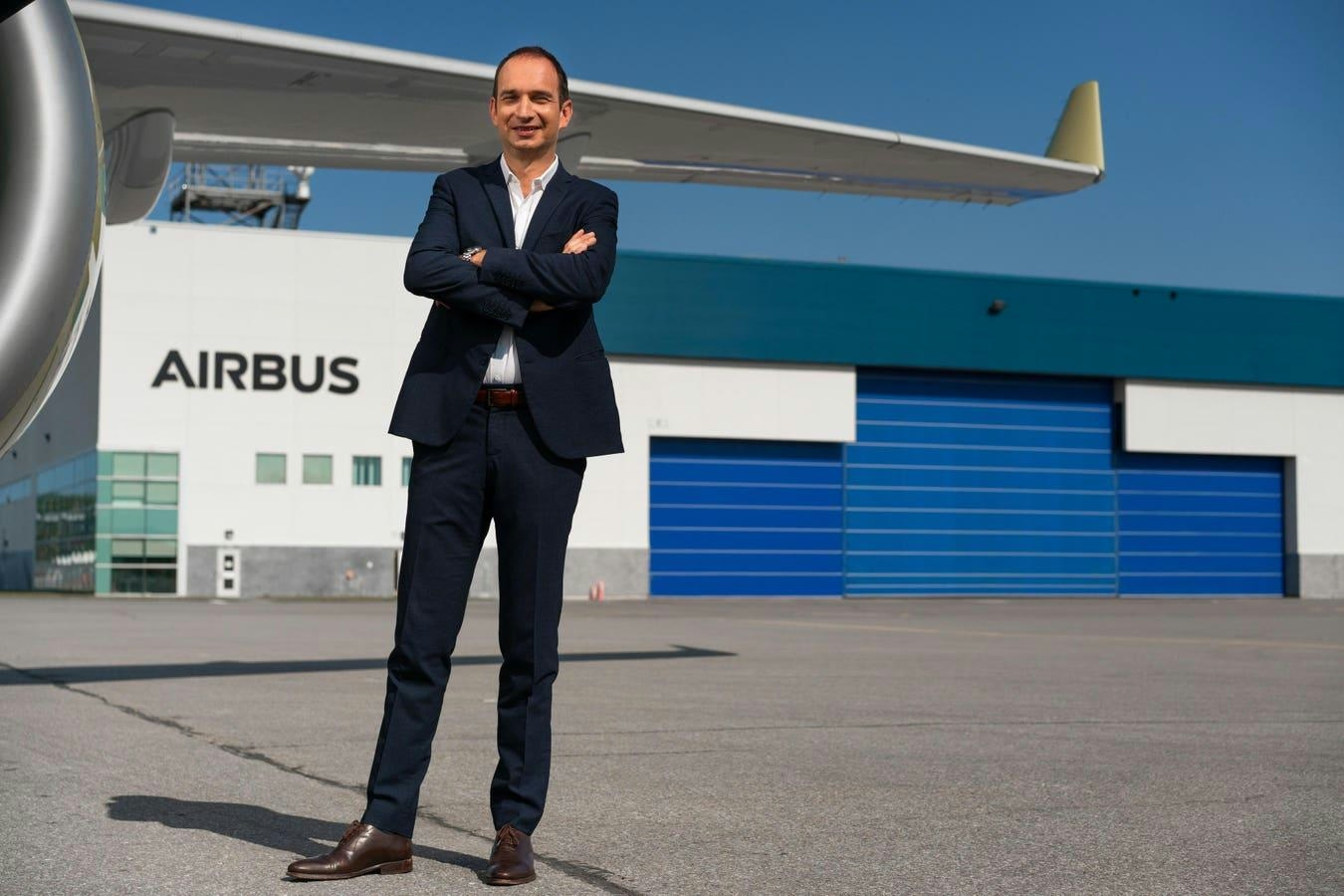
AeroGenie — Seu copiloto inteligente.
Tendências
Categories
Olympia Teen Awarded $25,000 Scholarship for Aircraft Design Innovation
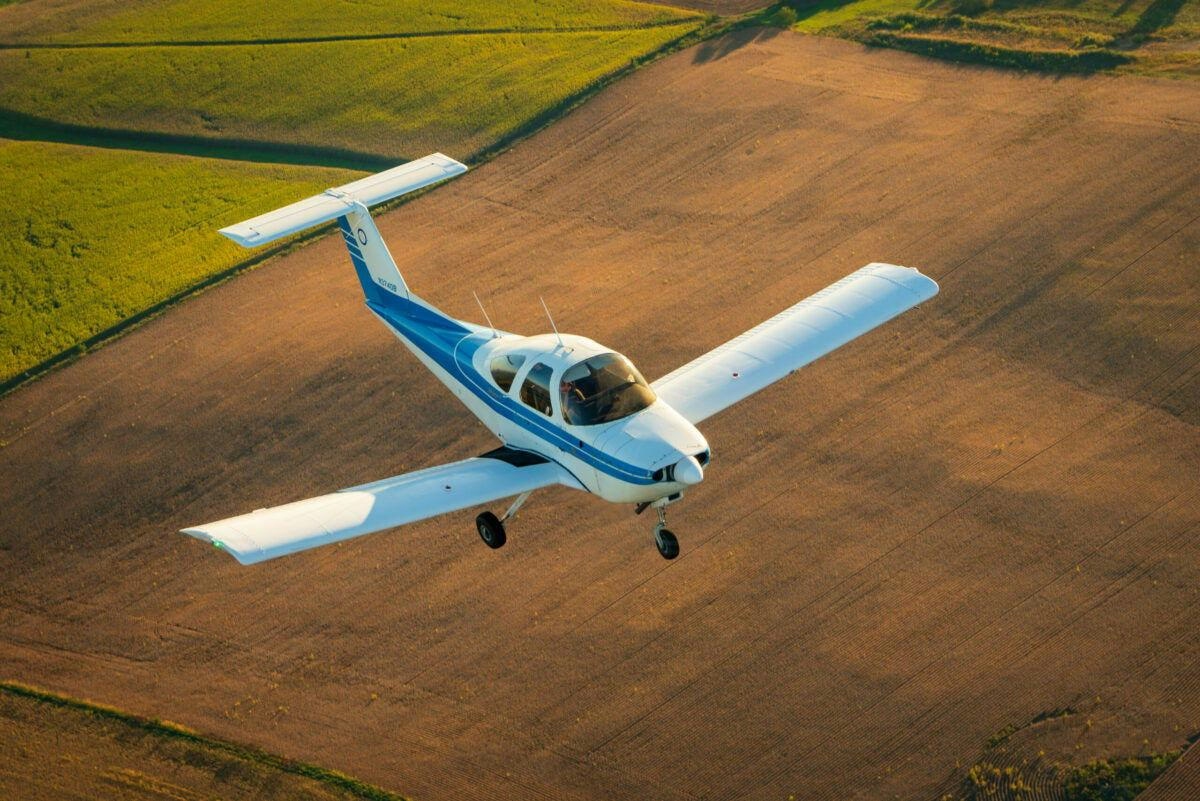
Olympia Teen Awarded $25,000 Scholarship for Aircraft Design Innovation
A Breakthrough in Aircraft Fuel Efficiency
Kevin Shen, an 18-year-old from Olympia, has been nationally recognized for his pioneering work in aircraft design. Awarded a $25,000 Davidson Fellows Scholarship, Shen’s engineering project focuses on improving aircraft fuel efficiency through a novel control method for oblique-wing aircraft. Now a first-year student at the Massachusetts Institute of Technology, he intends to pursue aerospace engineering, building on the momentum of this prestigious accolade.
Shen’s project involved designing and piloting an experimental aircraft model equipped with a custom-built flight computer and software. His innovative approach demonstrated the ability to stabilize the oblique wing, potentially enabling planes to travel faster and farther while consuming less fuel. Aviation officials have noted that his research could yield significant benefits for the industry, including reduced operating costs, lower environmental impact, and diminished noise pollution near airports.
Expressing his gratitude, Shen remarked, “I am grateful to be given a platform to share my work in aeronautics, and it has encouraged me to continue taking intellectual risks and create innovative engineering designs. I also hope that my projects can inspire others to build cool things and bring their ideas to life, no matter how crazy or impossible they may seem at first.”
Challenges and Industry Implications
Shen’s journey has not been without obstacles. The complexities of aerospace engineering, rapid technological advancements, and the challenge of securing funding for prototypes remain significant hurdles for young innovators. Nevertheless, his success has already attracted interest from aerospace companies, potentially opening avenues for collaboration or intensifying competition within the innovation landscape.
This recognition comes amid broader industry efforts to cultivate emerging talent. Leading aerospace firms, including Boeing, have launched workforce development programs in countries such as India, aiming to nurture the next generation of engineers. These initiatives underscore the growing emphasis on supporting innovators like Shen, which may influence his future career trajectory.
The Davidson Fellows Scholarship and Youth Innovation
The Davidson Fellows Scholarship, administered by the Davidson Institute, awards college scholarships to students aged 18 or younger who have completed substantial projects with the potential to benefit society across fields such as science, technology, engineering, mathematics, literature, and music. Since its establishment in 2001, the program has granted over $10.7 million in scholarships to 469 students.
Shen’s achievement not only highlights his individual talent but also reflects the increasing impact of youth-driven innovation in aerospace engineering.

EmPower Introduces Aviation Training Emphasizing Sustainability and Innovation
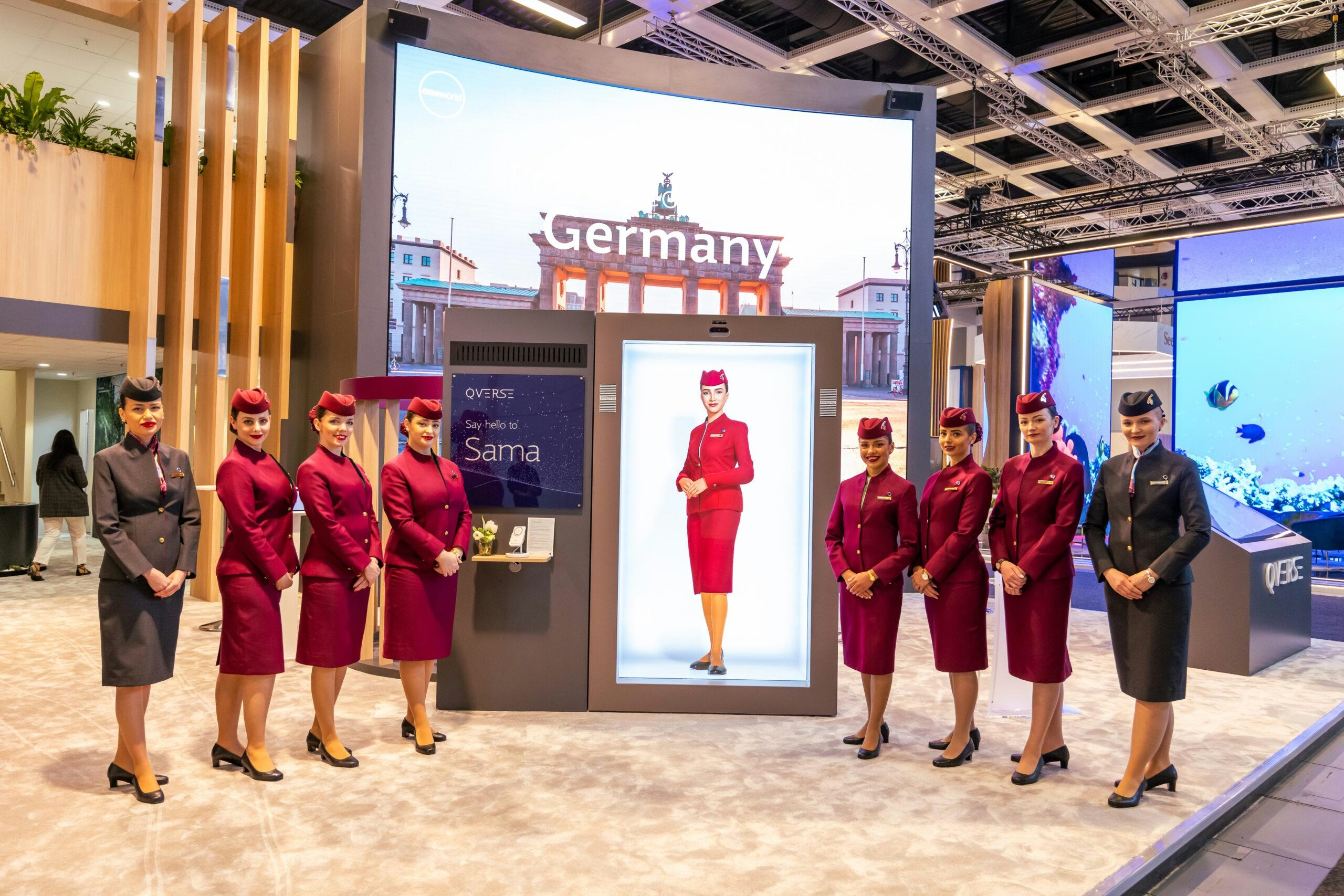
Qatar Airways Unveils the World’s First Digital Cabin Crew Member
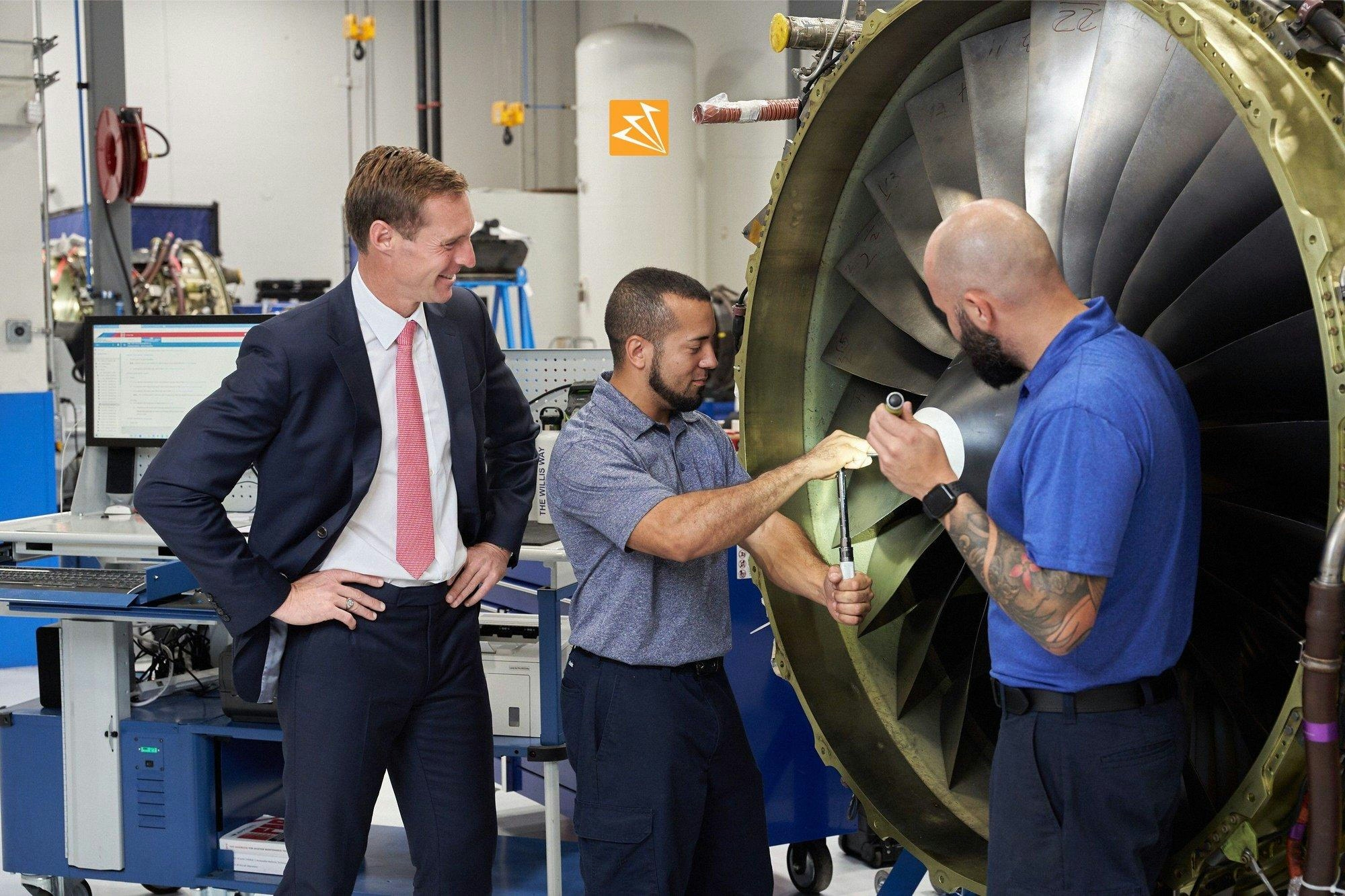
Willis Lease Finance and Blackstone Credit Form $1 Billion Aircraft Engine Leasing Partnership
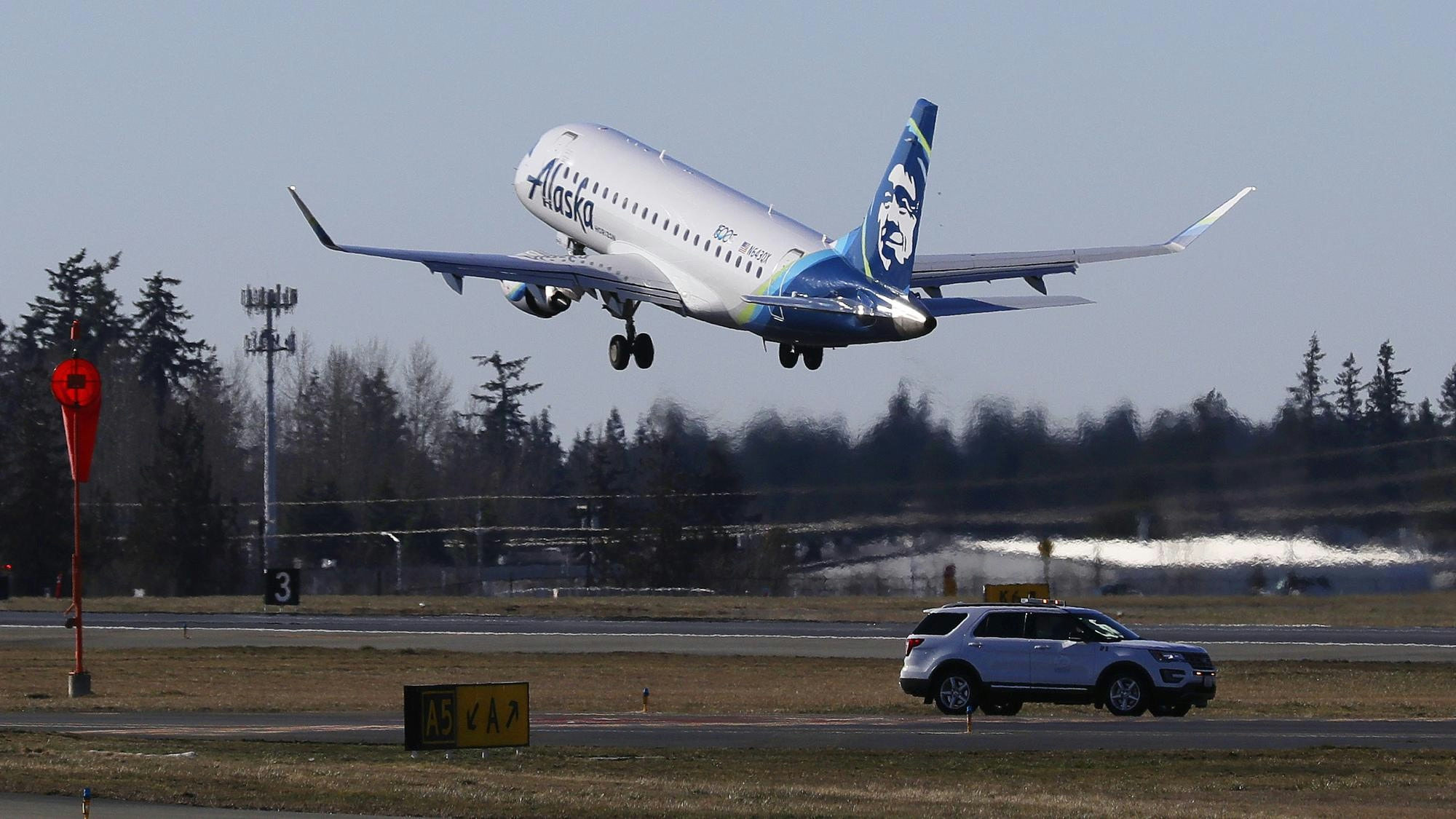
Audio Captures Off-Duty Pilot Attempting to Shut Down Alaska Airlines Engines
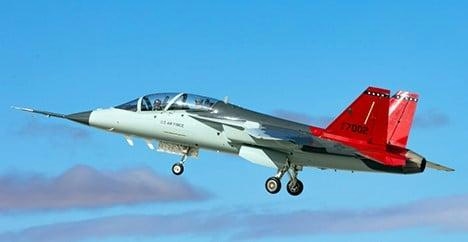
Textron Systems Awarded T-7A Training Contract
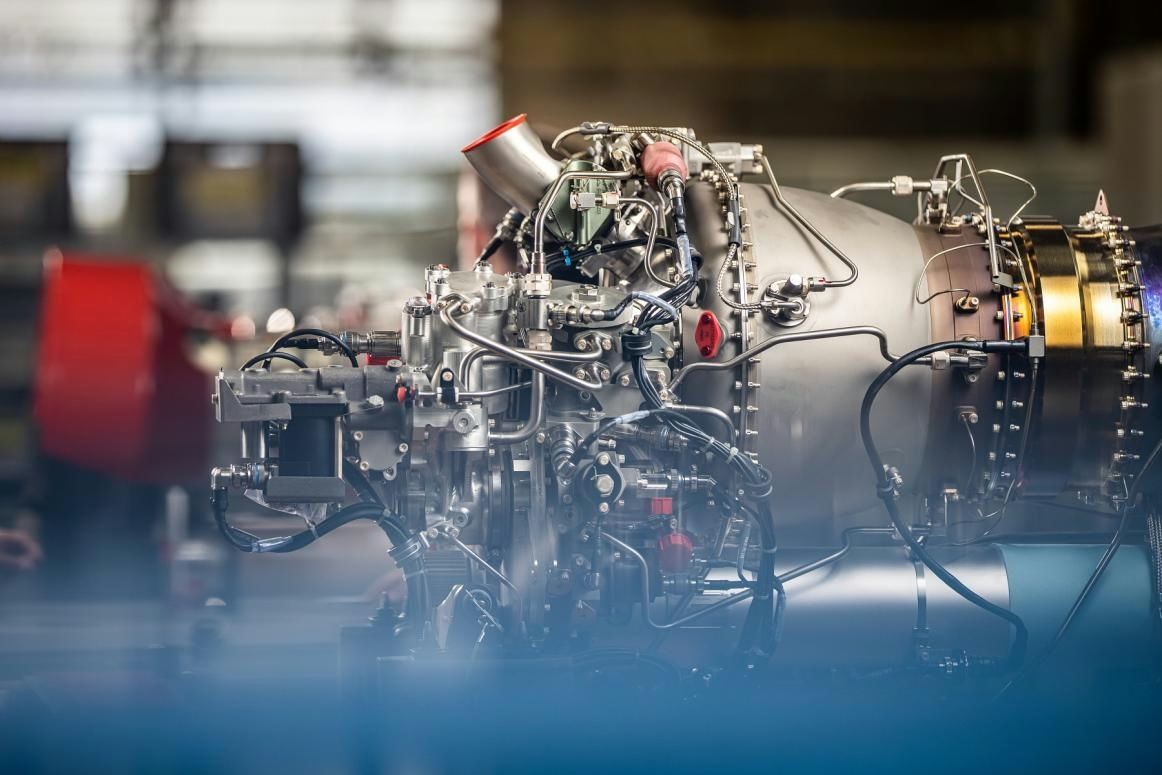
Safran to Develop Eurofl’Eye System for NH90 Helicopters
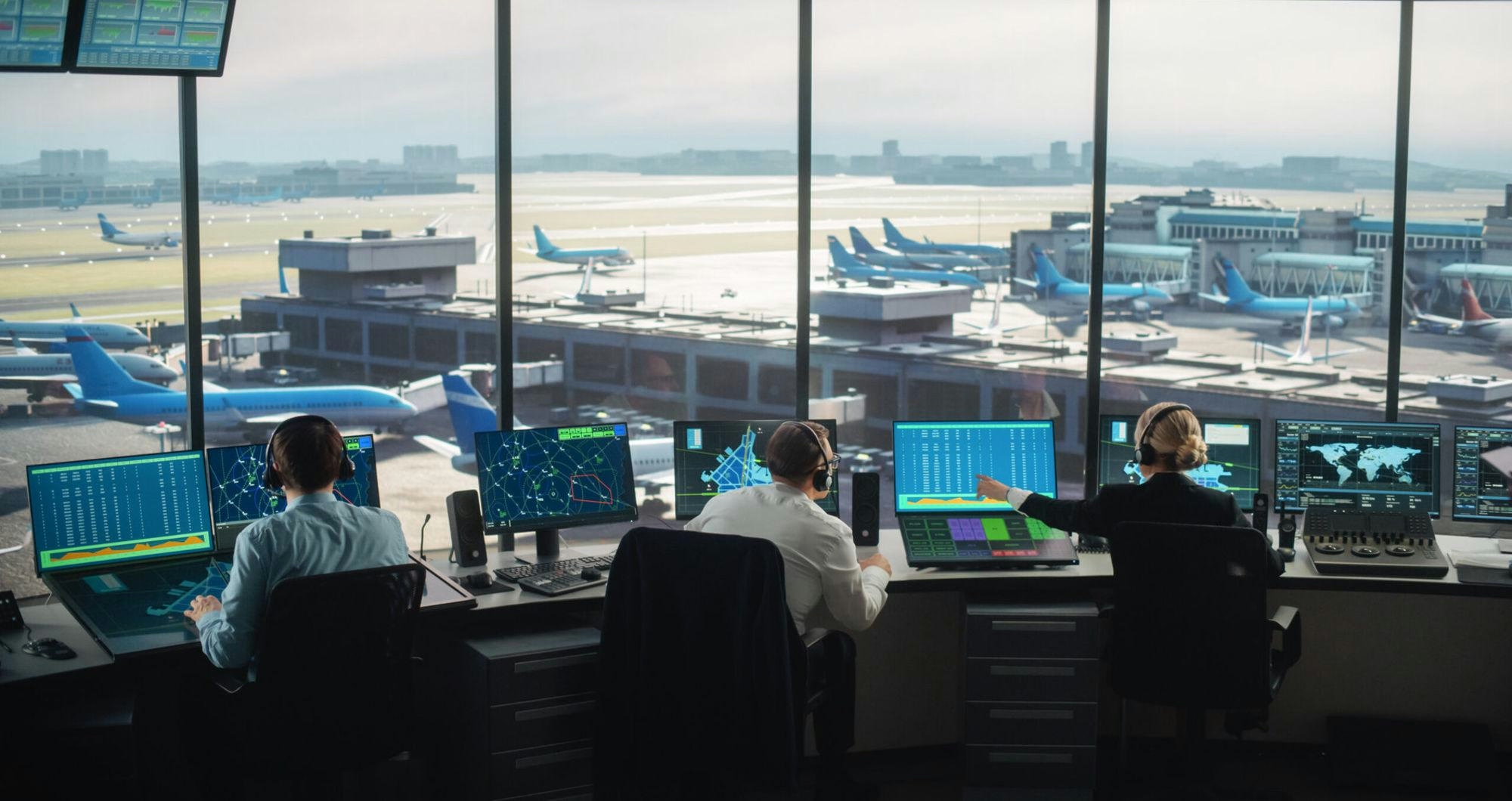
Enhancing Aviation Security with New Technologies
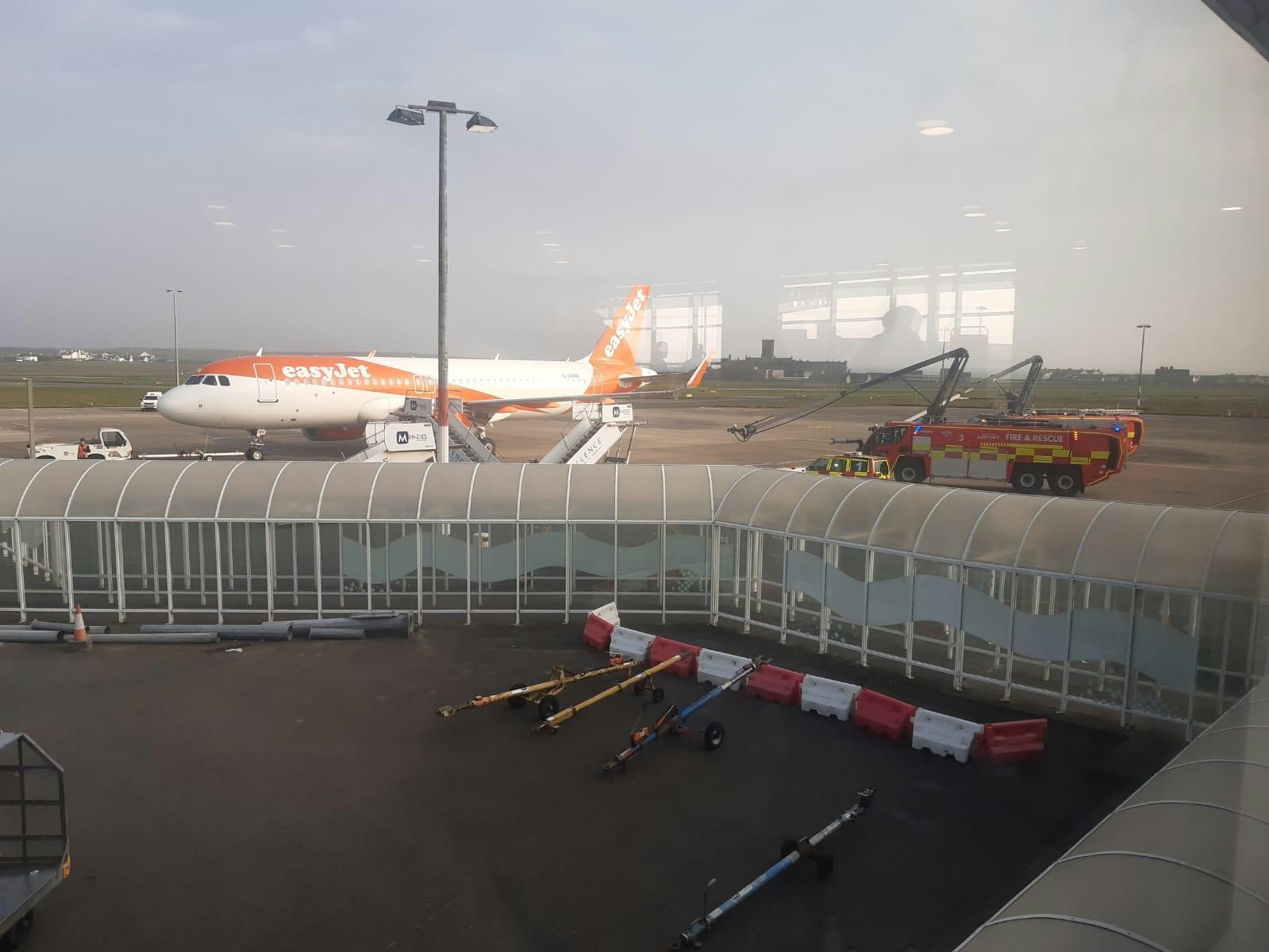
EasyJet Plane Grounded After Mid-Air Engine Fire

Turkish Technic Renews Partnership with AirSial
